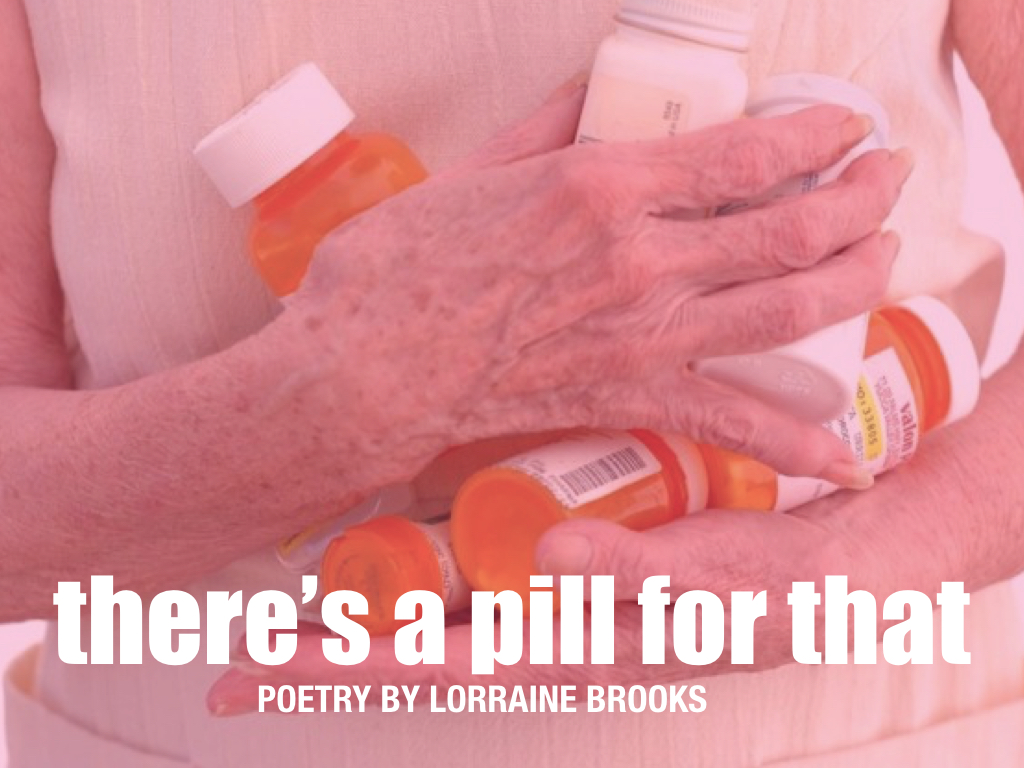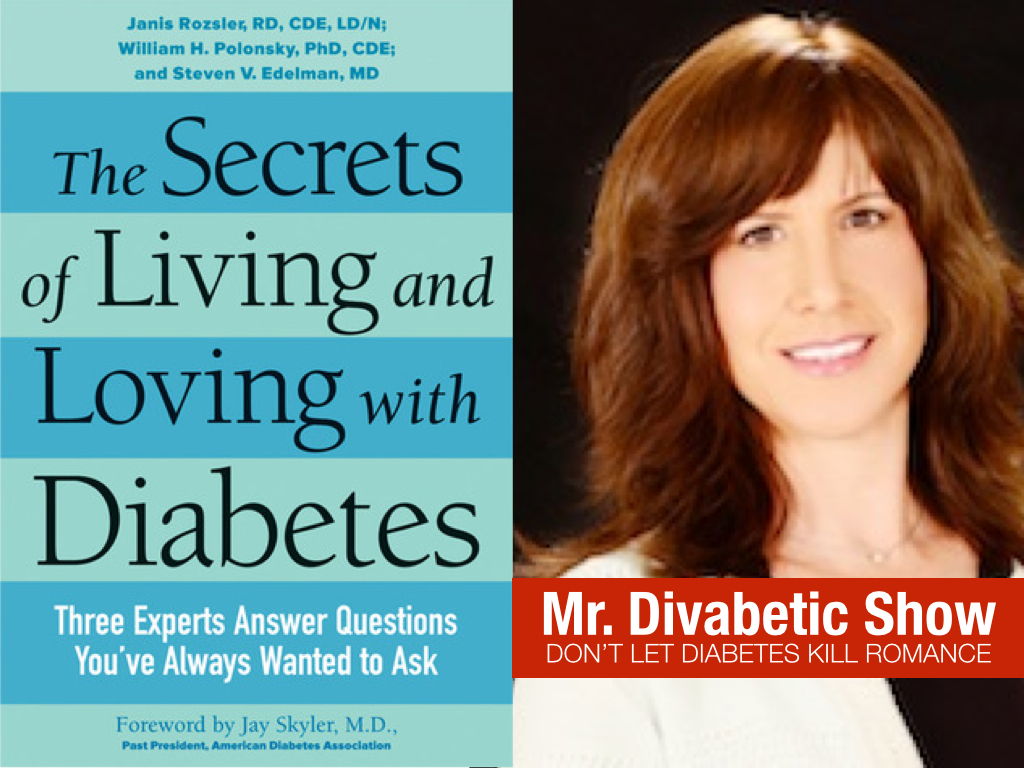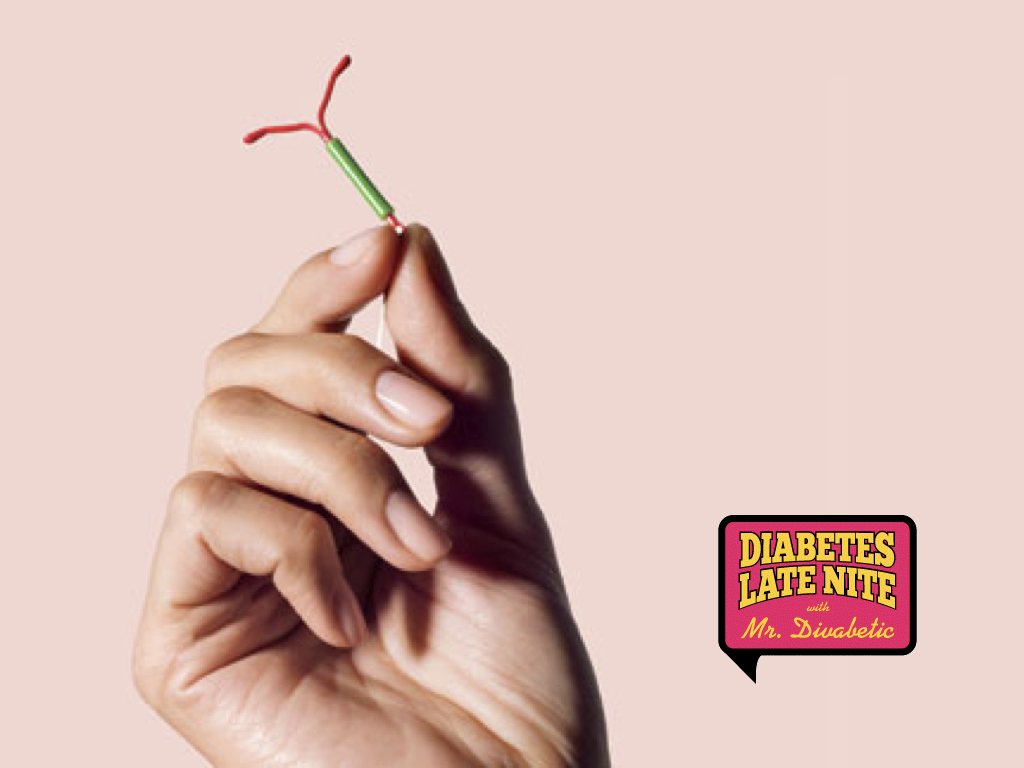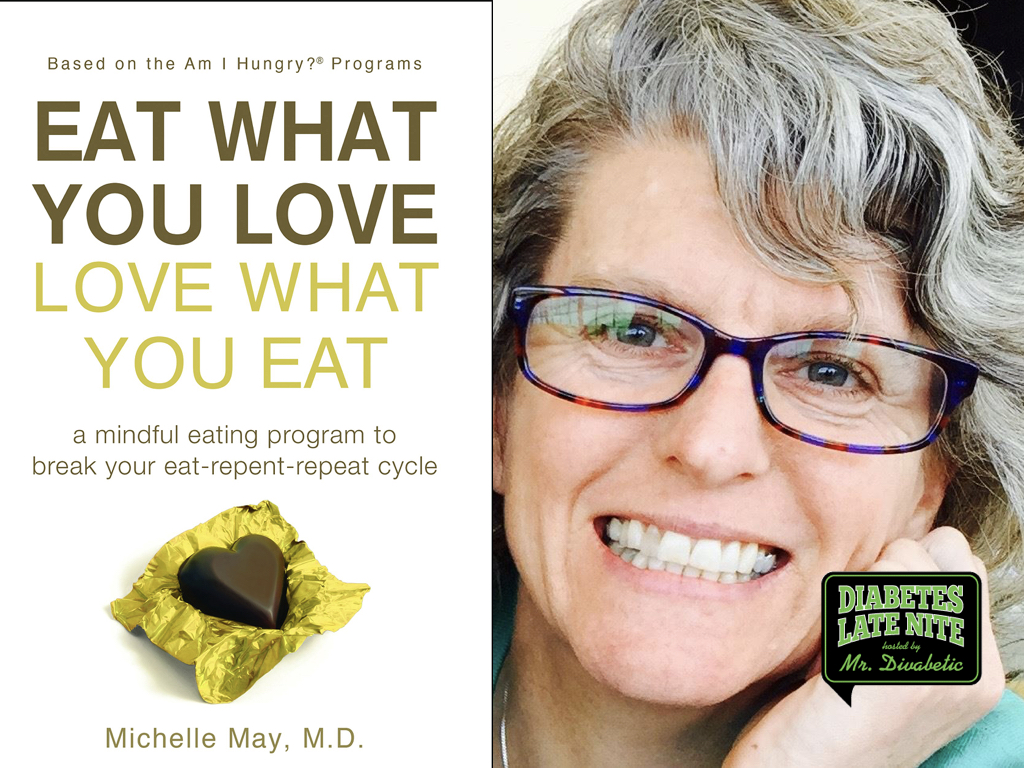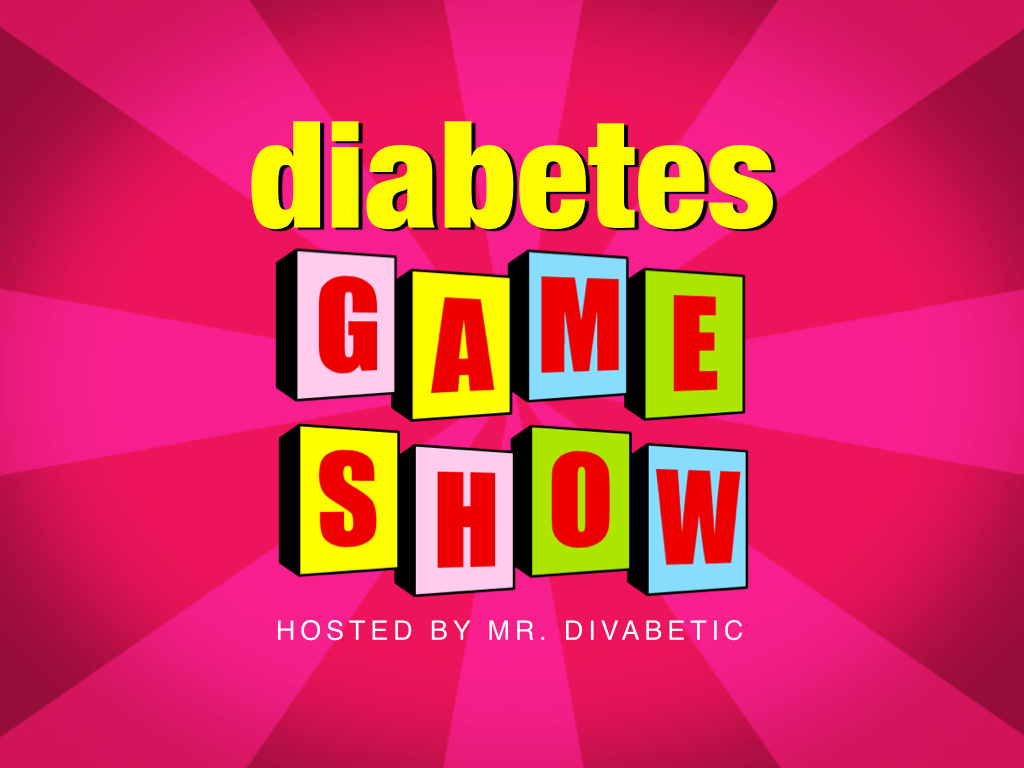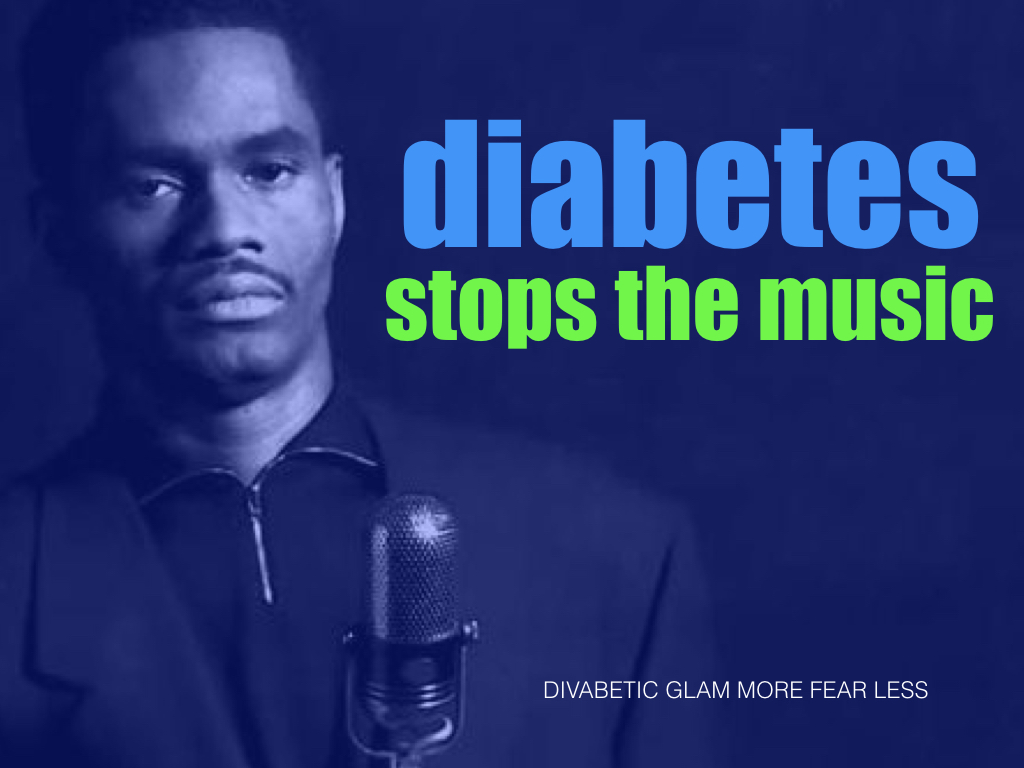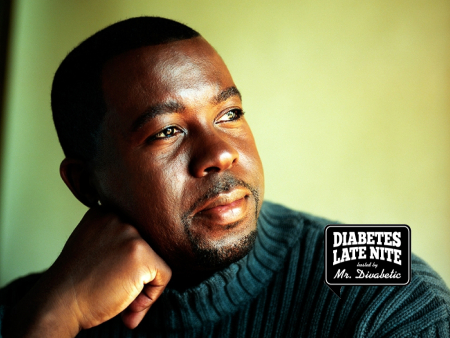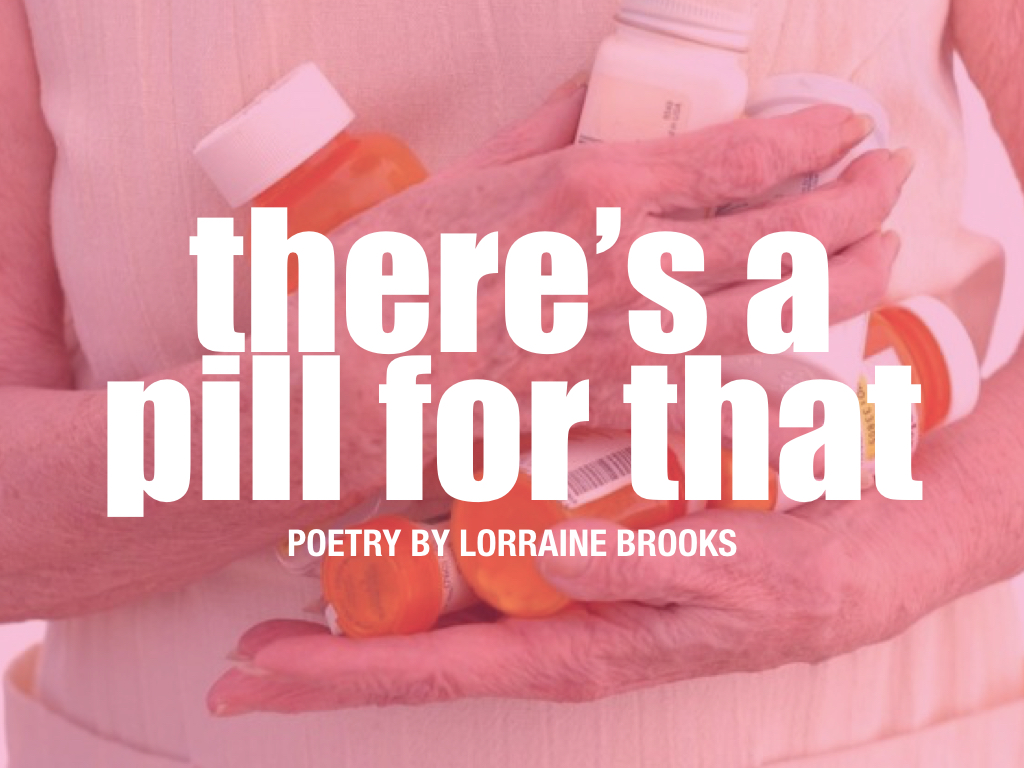
On December’s Diabetes Late Nite podcast we focus on people with diabetes’s interest in ‘getting off their meds’.
Today, a full 61 percent of adults use at least one drug to treat a chronic health problem, a nearly 15 percent rise since 2001. More than 1 in 4 seniors gulp down at least five medications daily as reported by Healthination in US News & Reports. The trend has multiple causes: a spike in diabetes, heart disease, and arthritis related to obesity; revised medical guidelines that treat high blood sugar, hypertension, and high cholesterol sooner; and a multibillion-dollar push by pharmaceutical companies to speak directly to consumers about the payoff in trusting our hearts to Lipitor, say, or taking Boniva to help stop bone loss. But many experts worry that one unintended effect of all the pharmacological success is that many people may be blithely taking drugs they don’t need, potentially setting themselves up for severe consequences.
Poet Lorraine Brooks shares her insight on this topic with her poem, ‘There’s A Pill For That’ on December’s Diabetes Late Nite podcast:
There’s A Pill for That by Lorraine Brooks
We live in a world where appearances rule.
And its what we look like that matters.
People make comments that sometimes are cruel
And can leave our emotions in tatters.
We live in a world where performances reign
And if we are lacking or tired…
Or even if we are in physical pain,
We still want to do whats required.
We’re told there’s a pill for whatever we lack,
From energy, to building breasts.
there’s something that soothes your aching back,
There’s something helps you to rest.
There’s something to aid with your bloating and gas,
There’s pills that will keep you from eating.
There’s medicine that makes erections to last,
And stuff that will aid with excreting.
So off to the pharmacy, scrips to be filled,
And looking for fixes and cures.
Just one more tonic, or two of these pills,
And perfection of health can be yours!
But all of these things, while they may work for some,
They also may lead to frustration.
There’s some things you cant easily overcome
By relying on quick medication.
But also there’s people who may need these aids
For reasons that suit their conditions.
And those are the people we shouldn’t dissuade
From listening to their clinicians.
For me, I am different, as 1 is my “type”
And I get confused and defeated.
because if I listen to all of the hype,
I sometimes feel like I’ve been cheated.
Pills and elixirs, and lifestyle adjusting
Are not part of my repartee.
What I need is the knowledge that people are trusting
That I’m making choices best for ME.
So here’s my 2 cents, and its just my own take.
Everyone’s life is unique.
Do what works for YOU, the decisions you make,
Will put you on your own winning

LISTEN NOW: December’s Diabetes Late Nite podcast with guests include Diabetes Alert Dog expert, Debby Kay CDT, CDTA, PDTI, Megrette Fletcher, MEd, RD, CDE, the Charlie’s Angels of Outreach, Janis Roszler RD, CDE, LDN, Emmy winning Producer, Linda Bracero Morel, Poet Lorraine Brooks and Mama Rose Marie. Plus, we’re giving away 6 months access to mySugr Pro in our INSTANT WINNER challenge. Throughout the podcast we will be featuring music from Leona Lewis’ “Christmas, with Love” album courtesy of SONY Music.


